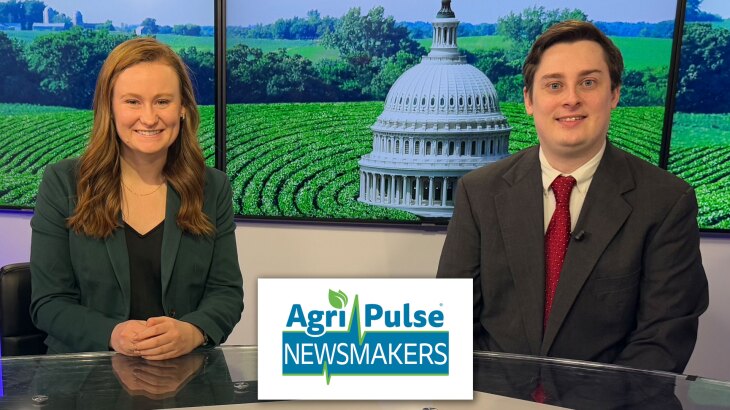Rising input costs are taking a toll on U.S. hog producers and overall pork profitability this year. According to The American Farm Bureau, hog prices last year rallied high before taking a dive in the first quarter of 2023. However, other factors could potentially push prices back up later into the year.
“The input costs, demand, and supply really combined to give us a different situation here,” said AFBF Economist Bernt Nelson. “Profitability started to deplete when we saw prices dropping in hogs. Prices really rallied high last year. In fact, we saw some record cash offerings put out for hogs.”
Despite dropping prices, input costs remain steady—and very high.
“Now, as we look forward to 2023, and especially for the first quarter, the price has really dropped off,” Nelson said. “Input costs, feeds, labor, infrastructure, and things of that nature have stayed really high comparatively, and so profitability really fell out of the hog market for the first quarter.”
However, the hog market—and markets in general—can change in an instant. AFBF says they’ve already seen a big shift. Now, they’re expecting prices to look up later this year for several reasons.
“The global pork supply is much tighter, and demand from other countries like China is starting to pick up,” Nelson said. “All meat supplies are getting tighter, globally. We have avian influenza affecting the poultry industry. We have tighter supplies in beef from the ongoing drought scenarios and high input costs. And we’re still seeing some drought linger on, especially in the Corn Belt region, and tighter global supplies in the pork market due to African Swine Fever and declining overall inventories,” Nelson said.





















